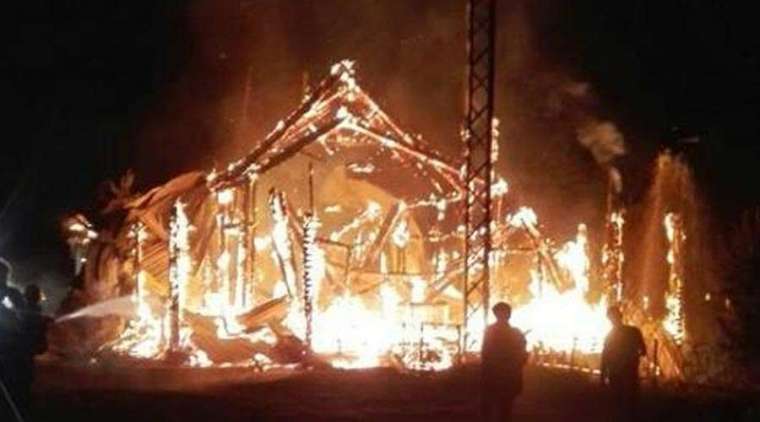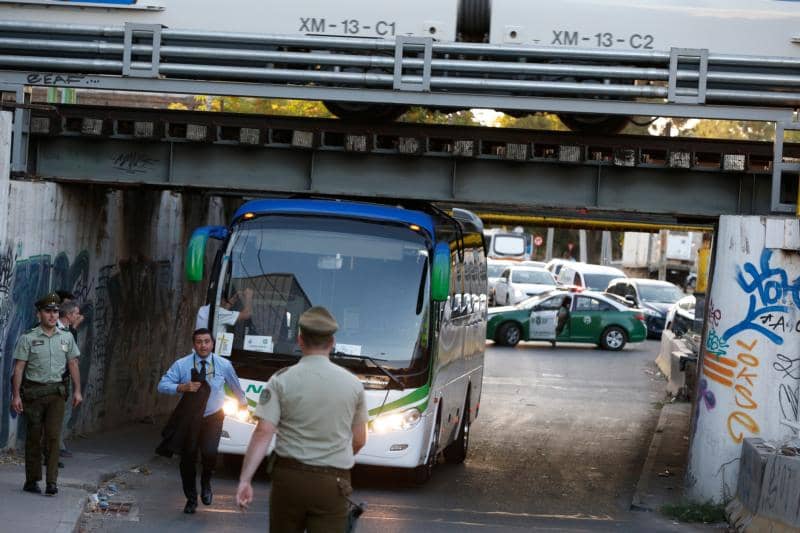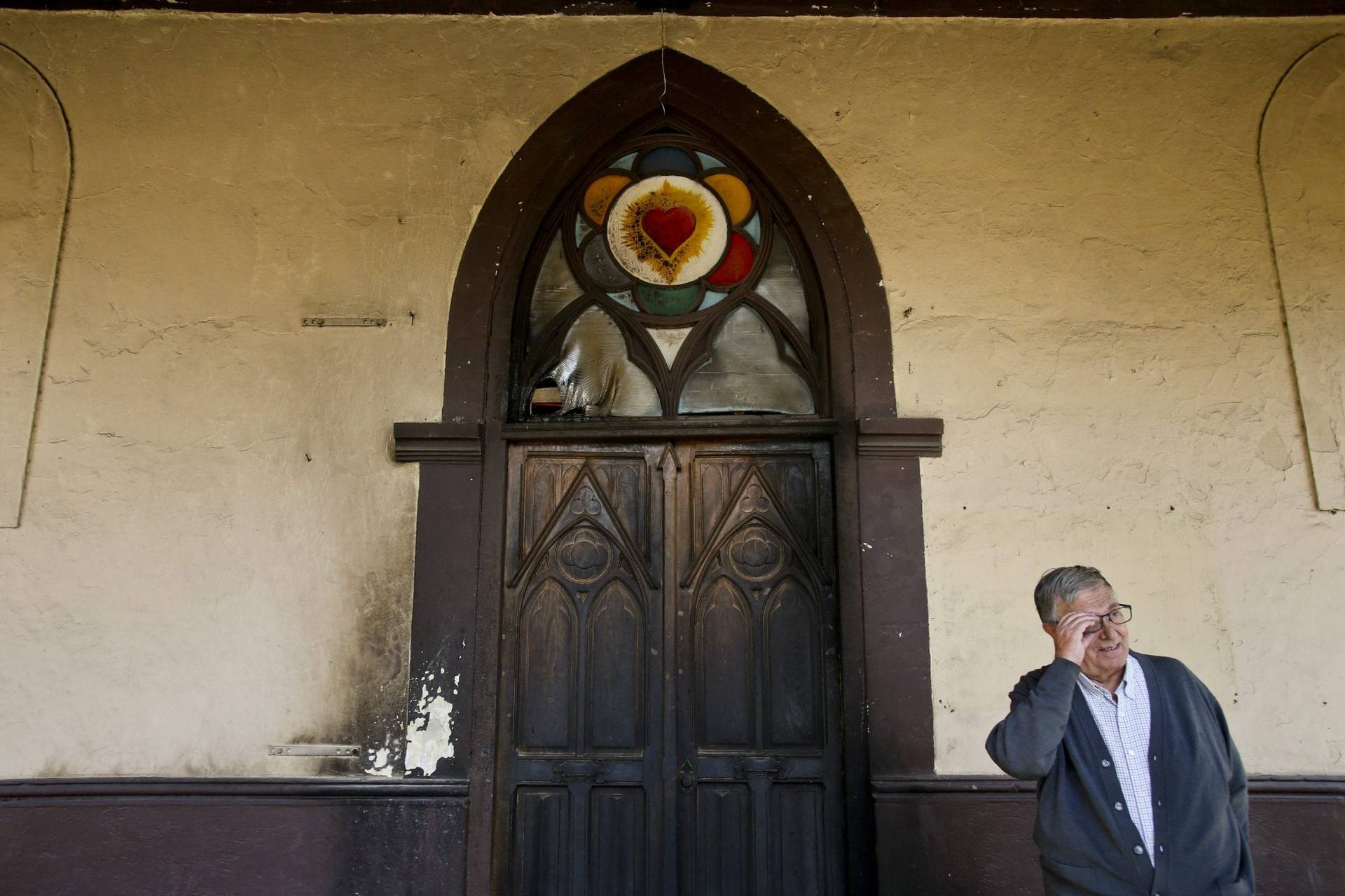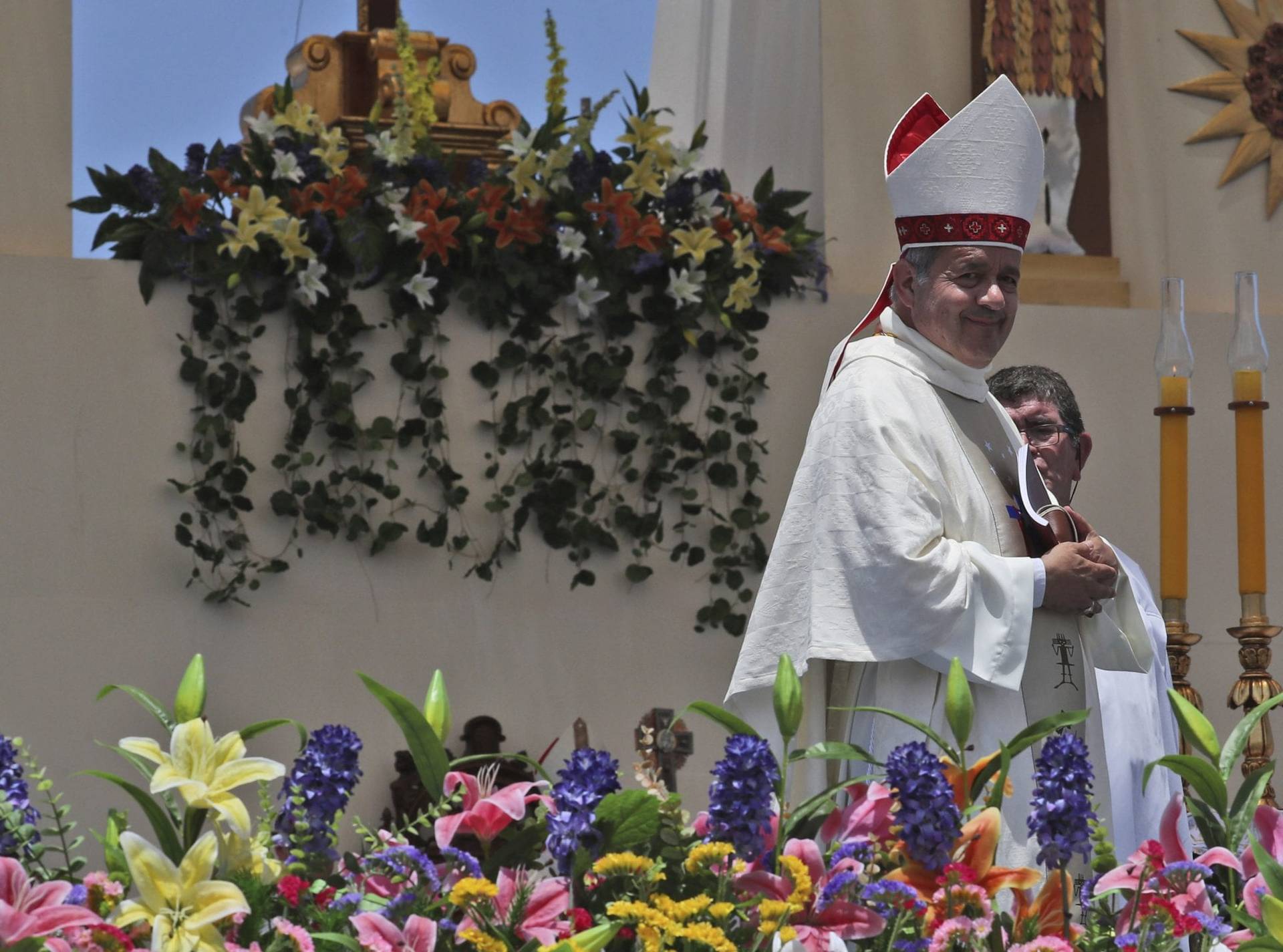ROME — Next week Pope Francis will pay his sixth visit to Latin America, traveling to six cities in Chile and Peru in the same number of days.
He’ll fly over 22,000 miles (just 2,000 short of going around the world) and deliver 21 homilies, speeches, greetings and prayers, addressing several of the issues closest to his heart: the plight of indigenous peoples and migrants, popular religiosity, and protection of the environment, while simultaneously trying to heal the open wounds of two countries marred by the Church’s sexual abuse scandals.
RELATED: Pope to face fallout from abuse scandals in both Chile and Peru
The Argentine pope, who’s once again steering clear of his home country while visiting his former neighborhood, is scheduled to be in Chile Jan. 15-18, and then in Peru Jan. 18-21. For the second time in his pontificate, he’ll fly over Argentina, making even the customary telegram to national authorities a text that his spokesman, American Greg Burke, defined as “interesting.”
In Chile, President Michelle Bachellet and Francis will have some things to talk about, including the semi-legalization of abortion and proposals for gay marriage, as well as the pope’s assignment of an embattled bishop linked to child sexual abuse to a southern diocese.
However, Bachellet is on her way out, having recently lost national elections to conservative Sebastián Piñera, who’ll be retaking the office soon after the pope’s visit. That campaign, observers have pointed out, was extremely polarized, and it’s taken some of the spotlight from the papal visit.
Francis is not scheduled to have a private meeting with the newly elected Piñera, but the papal spokesman said the two would nonetheless have a chance to greet each other.
Bishop Cristian Roncagliolo, auxiliary of Santiago, said the elections created “an environment in which there were many black-and-white visions, which were exaggerated and thus further polarized society, with a belligerence in the media and social media that generated an even larger conflict.”
Speaking with Crux, he defined the papal visit as a “balm” that’s shifting the focus towards “recognizing the other as our bother, not an enemy.”
Peru presents a similarly complex scenario, due to a Dec. 24 presidential pardon on medical grounds by Pedro Pablo Kuczynski for former president Alberto Fujimori, who was in prison for human rights violations that military death squads carried out on his watch during a 1990s-era campaign against terrorism.
RELATED: Pardon for ex-president in Peru muddies waters for pope’s trip
The issue has divided Peruvian society, with many who think the pardon was a political favor. It was granted three days after a legislative faction led by Fujimori’s son refused to give the president’s foes a supermajority they needed to oust him over corruption allegations.
Peru also is not free of its own Catholic sexual abuse scandal, though in Peru the abuser is the lay founder of a movement called Sodalitium Christianae Vitae. Luis Fernando Figari has been charged by Peruvian officials with “conspiracy to commit sexual, physical and psychological abuse” and an order of preventive prison hangs over his head.
“Peru has been divided for quite some time, over political issues, because of the [terrorist organization] Sendero Luminoso, Marxism, Fujimorism, anti-Fujimorism … we’ve been in a continuous clash,” said Bishop Ricardo García of Yauyos.
Yet “people are conscious that we cannot go on like this,” the bishop told Crux. “We have to feed the hope of a possible unity. The visit by the pope, who’s the Vicar of Christ on earth, can hopefully give us the push we need and help calm us down.”
Hence both are countries currently heavily divided, with a deeply rooted Catholic Church that’s facing a loss in its credibility but which remains present on many fronts, something Francis is sure to address while he’s there if the mottos for his visit are any indication: “My peace I give you” in Chile, and “United in Hope” for Peru.
This is not to say locals are expecting Francis to have a “magical solution to it all,” in the words of Valeria Lopez, an Argentine canon lawyer who worked for the diocese of Santiago de Chile for many years and who is now a member of Catholic Voices, a group that helps Catholics engage issues in the media.
She said that on the one hand, the local faithful expect for the pope to “confirm us in our faith and give us an impulse as a Church.” On the other hand, there’s an expectation that he’ll “motivate non-believers to see the other with mercy.”
“Beyond presenting the Gospel’s message, the pope has a social, human message that affects us all,” she told Crux.
Hence the pope’s sixth visit to Latin America will touch on many elements, with very specific realities he’s bound to address in each city.
The tour will begin in Santiago, where he’ll be staying for four nights in the nunciature, home of the papal representative in the country. Here he’ll meet local authorities and deliver the customary speech to members of civil society.
According to layman Javier Peralta, the visit’s organizer on the Chilean side, the program in Santiago combines many elements that are very characteristic of national realities. He highlighted the fact that the pope is visiting a female prison, a rarity for a pontiff, though not unprecedented, since Francis went to one during a visit to an Italian city last year.
“The fact that he’s visiting a female prison, where women have been deprived of their freedom, separated from their families, had their children taken away, most of whom are heads of their homes and in jail for crimes related to drug trafficking, allows the pope to touch on many issues at once,” Peralta told Crux.
Francis will also say an open-air Mass at a local park, and 600,000 hosts are being prepared for this occasion. Also in Santiago he’ll meet the local Catholic hierarchy, priests, men and women religious, seminarians and novices, and visit the shrine of St. Alberto Hurtado, a Chilean Jesuit canonized by Pope emeritus Benedict XVI.
Hurtado, the first male saint of Chile, was the founder of “Hogar de Cristo,” or Christ’s Home, an organization which according to Peralta has been at the forefront of the country’s fight against poverty. Francis is scheduled to encounter beneficiaries of the Hogar.
As he always does during his foreign trips, Francis will also encounter the local Jesuit community.
On the 17th he’ll head to the southern city of Temuco, the largest in a region known as La Araucanía, where the Mapuche, an indigenous community, make up 23 percent of the population. It’s the poorest region in Chile.
La Araucanía has long been afflicted by a historic land conflict being fought by the Mapuche, with the support of the Catholic Church. However, small pockets have resorted to violence to make their case, burning churches to garner visibility. At least 17 Christian churches — most of them Catholic — were attacked in recent years.
Here, Francis will say a Mass that is being called “Mass for the Progress of the Peoples.” Some 23 Mapuche will participate in the ceremony and offer their prayers in Mapudungun. Afterwards, he’ll have lunch with 8 members of the Mapuche community.
Peralta believes the pope’s decision to visit this region is like his going to the Italian island of Lampedusa, the gate of entry for thousands of migrants who reach Europe on a daily basis, or Myanmar, to shine a spotlight on the Rohingya, the world’s most persecuted minority.
The following day, the Argentine pope will head north, to the port city of Iquique, home of thousands of migrants who arrive in Chile from neighboring countries, fleeing poverty and hunger, and looking for better opportunities. Here, he’ll also meet with two victims of the 1973-1990 military dictatorship of Augusto Pinochet’s regime.
A long-lasting conflict between Chile and Bolivia over an exit to the sea for the latter might also come up in Iquique, becoming an elephant in the room.
From Iquique, the pontiff will head straight to Lima, capital of Peru. On the morning of the 19th he’ll fly off to Puerto Maldonado, a rain-forest city in the border with Brazil, defined by a bishop speaking with Crux as “one of the least important cities in the country.”
Here, Francis is expected to put on his green-pope hat and address the deforestation of the Amazon region, and raise his voice in favor of the heavily burdened indigenous community. But he’s also bound to speak about several human rights issues, including the fight against the modern-day slave trade, another cornerstone in this pope’s social agenda.
According to García, an Opus Dei bishop, it can seem odd that the pope chose to go to Puerto Maldonado, “in the middle of the jungle,” yet he sees this as a symbolic trip, where Francis will “put the finger in the wound, speak about the Amazonia, one of the world’s lungs.”
The Argentine pontiff considers the pan-Amazonian region to be important enough to merit its own synod of bishops, scheduled for 2019. The papal spokesman defined this stop as a “pre-synod meeting.”
“The Amazonian indigenous man is the poorest one in Peru, and it’s important that the pope is shining a light on their situation” García said.
In the afternoon, he’ll meet with President Pedro Pablo Kuczynski and address local authorities.
On the 20th Francis will head to the northwestern city of Trujillo, capital of a region that in early 2017 was heavily affected by flooding caused by a climate phenomenon known as “coastal El Niño.” Many lost their lives, and thousands have been living in tents since then, after losing everything.
Reconstruction of the city has been slow, and frustrations are beginning to win over hope: “Hope also means being capable of waiting. But these people have waited for too long,” the bishop said. “The papal visit might have the power of renewing that hope.”
In the afternoon, Francis is scheduled to host a Marian celebration, and some 20 images that inspire a strong popular devotion will be brought from different towns for the occasion.
Lastly, before departing Peru, the pope will say Mass in Lima and honor the relics of several Peruvian saints, including St. Rose of Lima, the first saint of the Americas, and St. Martin de Porres.
The country is a land of saints, and this is visible throughout the streets of Lima’s historic center, full of churches and devotions. The yearly procession of Our Lord of Miracles can draw up to two million people out to the streets, and several sources have told Crux that a similar spirit of celebration is expected during the papal visit.
At the end of the sixth day, Francis will head back to Rome, and if he holds true to form, he’ll give an in-flight press conference rounding up the visit.
















